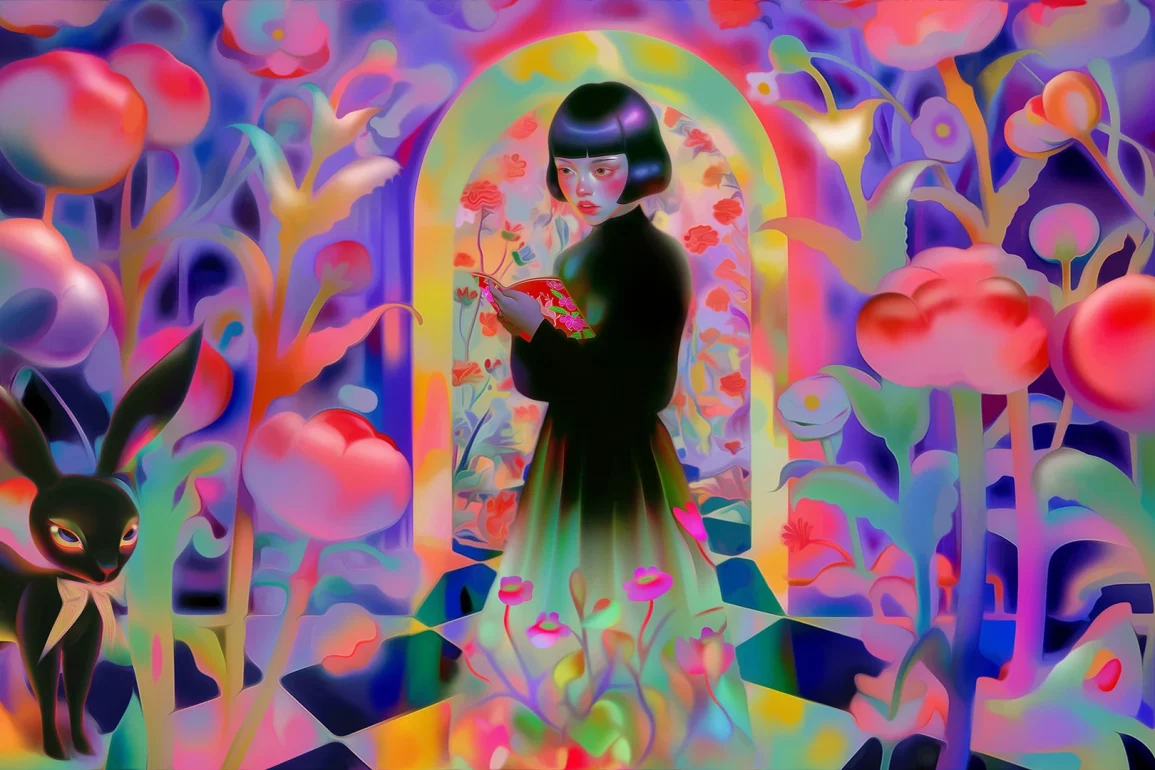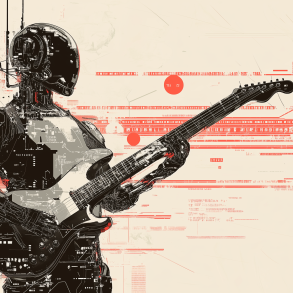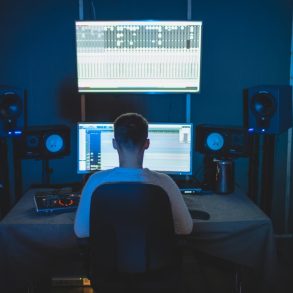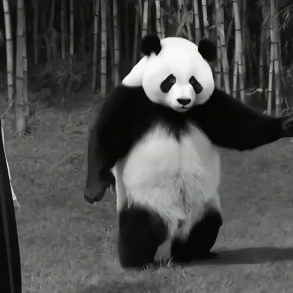At this year’s Google I/O conference, amidst the usual fanfare surrounding product announcements, Google shared insights into its AI strategy at a more subdued venue nearby. The company unveiled an experimental creative endeavor by Google Creative Labs called Infinite Wonderland, alongside a new tool named StyleDrop. This initiative showcases Google’s aim to engage creative professionals and reflects the evolving perception of AI tools within the industry.
The project involved reimagining the story of Alice in Wonderland with the help of four professional designers—Haruko Hayakawa, Eric Hu, Erik Carter, and Shawna X—who trained a Google AI model, Imagen 2, to render images in their distinct artistic styles.
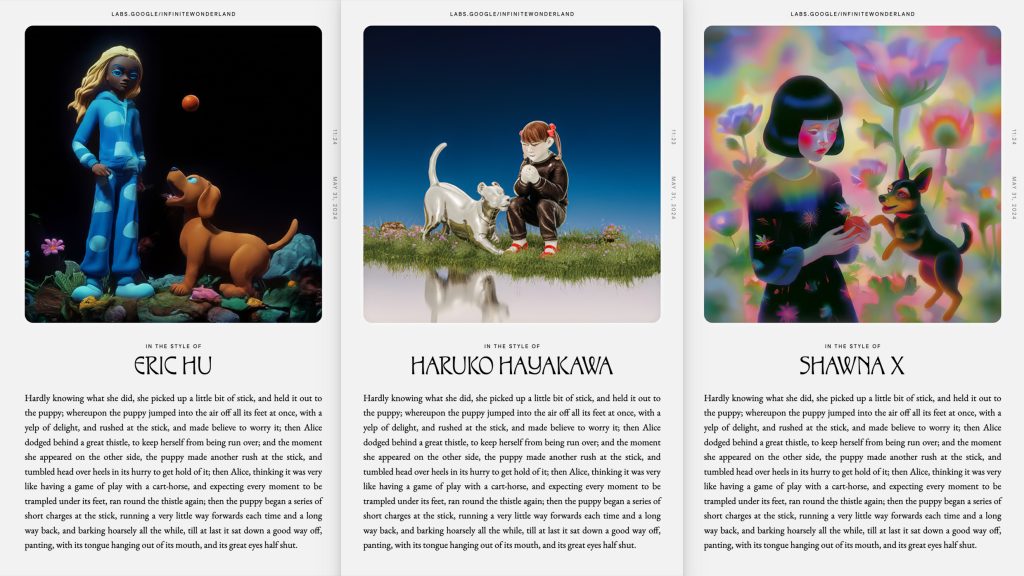
The StyleDrop tool, still under development, allows users to customize the AI to generate illustrations matching their own style by uploading reference images.
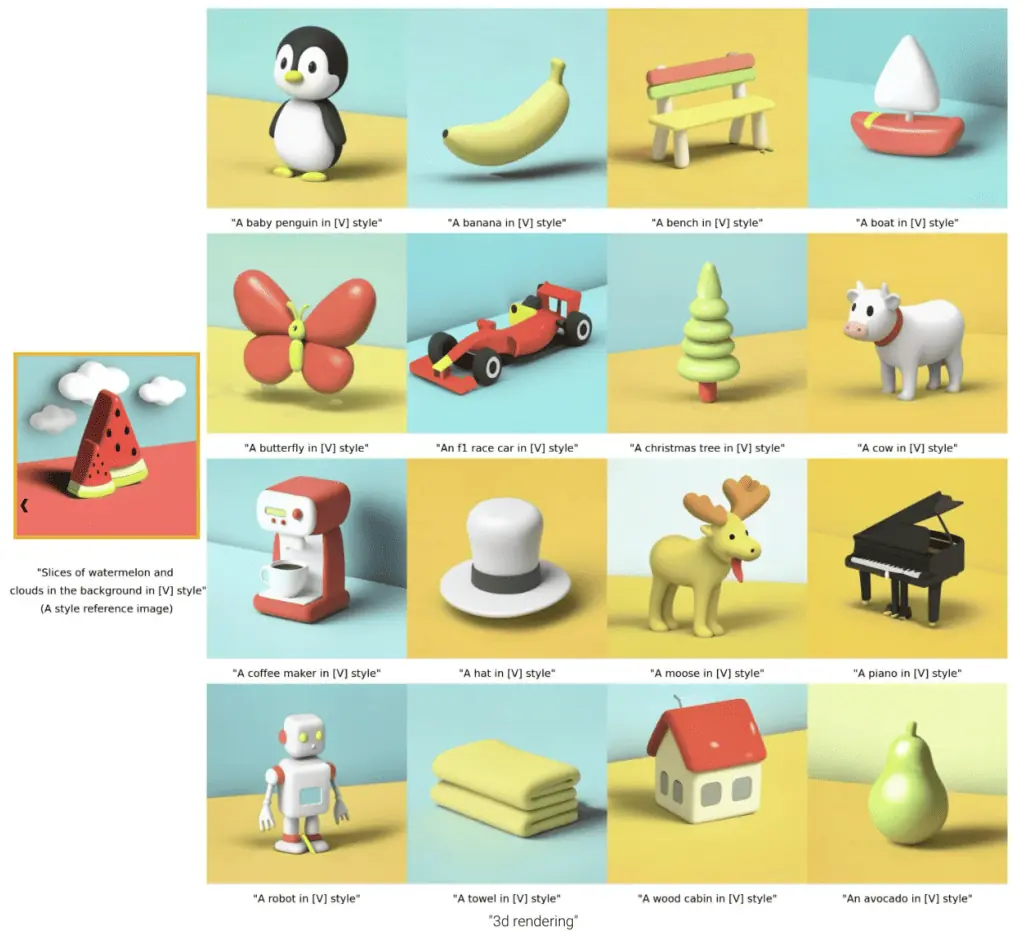

Infinite Wonderland presents a digital rendition of Lewis Carroll’s classic, displaying text on one side of a web page and images on the other. Readers can interact with the text, altering the images to reflect the styles of the participating designers or the original illustrator, John Tenniel. Despite minor AI inaccuracies, such as occasional irregularities in the images, the results are impressively sophisticated and closely resemble the designers’ authentic work.
Matthew Carey, Group Creative Director at Google Creative Labs, views the project as a valuable exploration of AI’s potential in creative processes.
The hope with this is to use everything that we’ve learned, and that the artists learned, about using this technology to make it better for them and people in their communities to build with tools and achieve things of scale that they might not have been able to before.
Matthew Carey
The project has sparked a range of reactions within the creative community. While some view AI as democratizing creativity, making it accessible to those without traditional skills, others see it as a potential threat to the industry. Recent legal challenges, such as a class-action lawsuit accusing Google of using artists’ work without permission to train Imagen, highlight the ongoing concerns about copyright and authenticity in AI-generated art.
Designer Haruko Hayakawa, known for her metallic, glamour-meets-retrofuturist style, initially had reservations about integrating AI into her work. However, her participation in Infinite Wonderland has changed her perspective. “I don’t think I’d ever give up a ton of creative control to be quite honest, but what’s interesting about the tool is that it allows me to still create the work but also have this variant, mass scale that I can do all sorts of things with,” she explained.

As Google Creative Labs continues to develop StyleDrop and explore integration into Google’s broader product offerings, the goal is to harness AI’s potential responsibly and beneficially. Carey emphasizes the commitment to deploying these tools swiftly yet carefully, ensuring they respect and protect the creative work they utilize.
This exploration into AI-driven creativity at Google not only demonstrates the company’s commitment to pushing technological boundaries but also underscores the ongoing dialogue about the role of AI in the future of artistic creation. As technology evolves, so too does the landscape of creative possibilities, inviting professionals and novices alike to reconsider the tools at their disposal.



